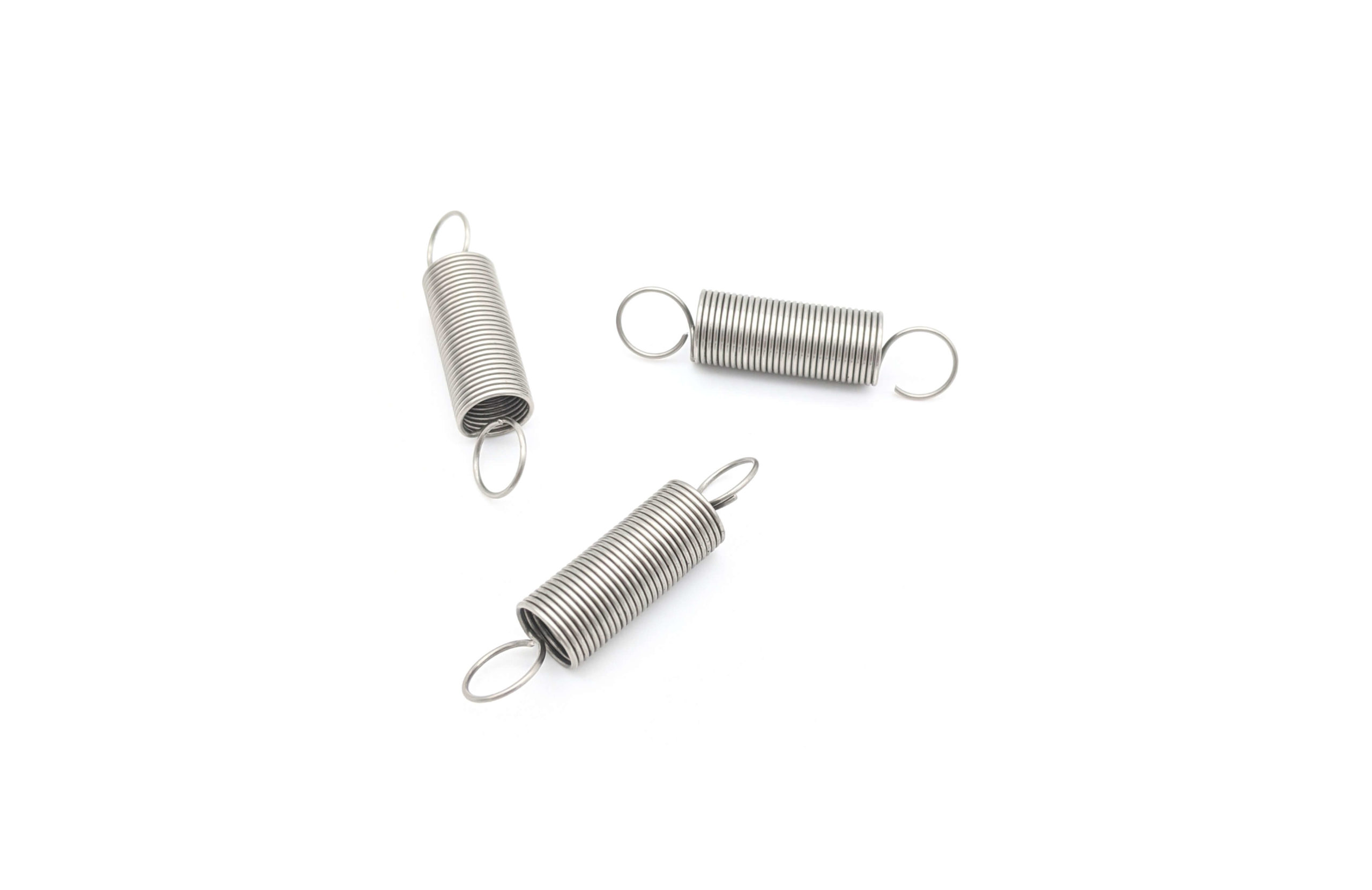Get unique, complex parts easily. No matter your requirements, Chaoyi Spring creates hard-to-produce coil springs and wire forms.
Let us help you create the custom wire form you need, from S-hooks and J-hooks to utility hooks and more.
We work closely with customers across a wide range of industries, helping them design and manufacture made-to-order parts.
Why choose Chaoyi Spring? We prioritize customer-focused collaboration, modern equipment and the latest technology to make your parts per print.
Find the information and guidance you need, from measuring a spring to learning about materials, placing an order and much more.
Garage doors are a daily convenience, but their smooth operation hinges on the often-overlooked garage tension springs. These crucial components, tucked away within the door's mechanism, are responsible for counterbalancing


Garage doors are a daily convenience, but their smooth operation hinges on the often-overlooked garage tension springs. These crucial components, tucked away within the door's mechanism, are responsible for counterbalancing the weight of the door, ensuring a safe and effortless opening and closing. But what are garage tension springs, how do they work, and what should you know about them? This comprehensive guide explores all things garage tension springs, helping you understand their importance and how to ensure your garage door functions seamlessly.

Garage tension springs are the backbone of your garage door's functionality. They are powerful, coiled springs made of high-grade steel, designed to store and release energy, effortlessly lifting and lowering the heavy door. Imagine opening your garage door manually—it's a daunting task! That's where tension springs come in, doing the heavy lifting for you, making the operation smooth and safe. These springs are typically located on either side of the door, attached to a shaft that runs along the top of the garage door frame.
The magic of tension springs lies in their ability to store potential energy. When the door is closed, the springs are wound tightly, storing energy. As you start to open the door, the springs unwind, releasing the stored energy and counterbalancing the weight of the door. This counterbalancing effect makes it easy to lift and lower the door, saving you from strenuous manual effort. The same principle works in reverse when closing the door – the springs wind up, absorbing the energy as the door descends.
Don't underestimate the importance of garage tension springs. They aren't just a nice-to-have; they're essential for safety and efficient operation. Here's why:
Garage tension springs come in two primary types: torsion springs and extension springs. Let's delve into their differences:
Garage tension springs are durable, but they do wear down over time. Here are some key indicators that your springs may be nearing the end of their lifespan:
Garage tension springs are under immense tension, and improper handling can lead to severe injury. Never attempt to replace or repair them yourself. Always consult a qualified and experienced garage door technician. A professional has the proper tools, training, and safety precautions to handle these high-pressure springs safely.
While you should never attempt to work on your garage tension springs yourself, there are preventative maintenance measures you can take:
Though garage tension springs may seem like a small detail, their role in your garage door system is vital. Replacing worn-out springs is not just a matter of convenience; it's a matter of safety. By understanding the importance of garage tension springs and seeking professional maintenance, you can ensure your garage door operates flawlessly, providing years of reliable service.
In the world of garage door mechanics, garage tension springs are often overshadowed, yet they play a critical role in ensuring a safe, smooth, and effortless operation. From their role in counterbalancing the door's weight to the safety implications of their proper function, garage tension springs deserve your attention. Remember, regular maintenance, professional inspections, and never attempting DIY repairs are essential for keeping your garage door functioning flawlessly and your garage a safe haven.
Browse some of the custom wire forms and springs that we manufacture. Don’t see what you need? We specialize in made-to-order products that meet your application requirements.
Visit Our GalleryNeed a custom wire form or coil spring? We make it work. Fill out the contact form and a representative will respond within 1 business day. If you have a PDF or CAD file, you can submit to request a quote.